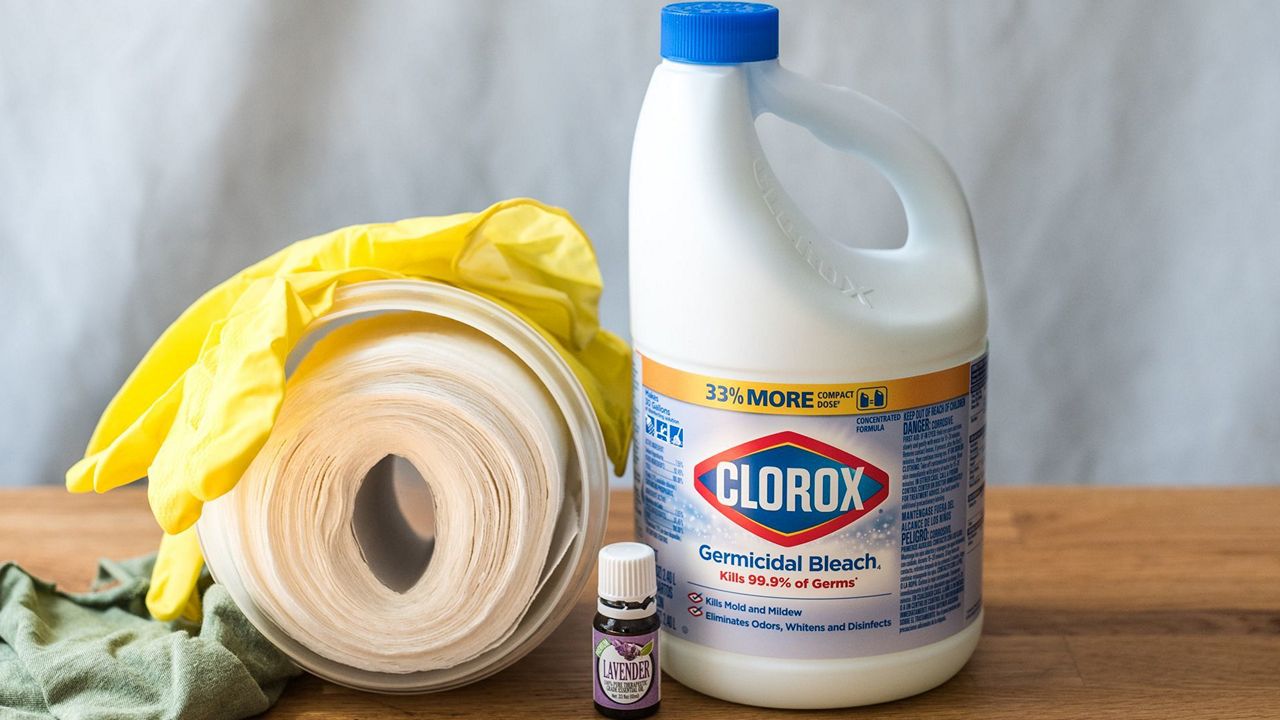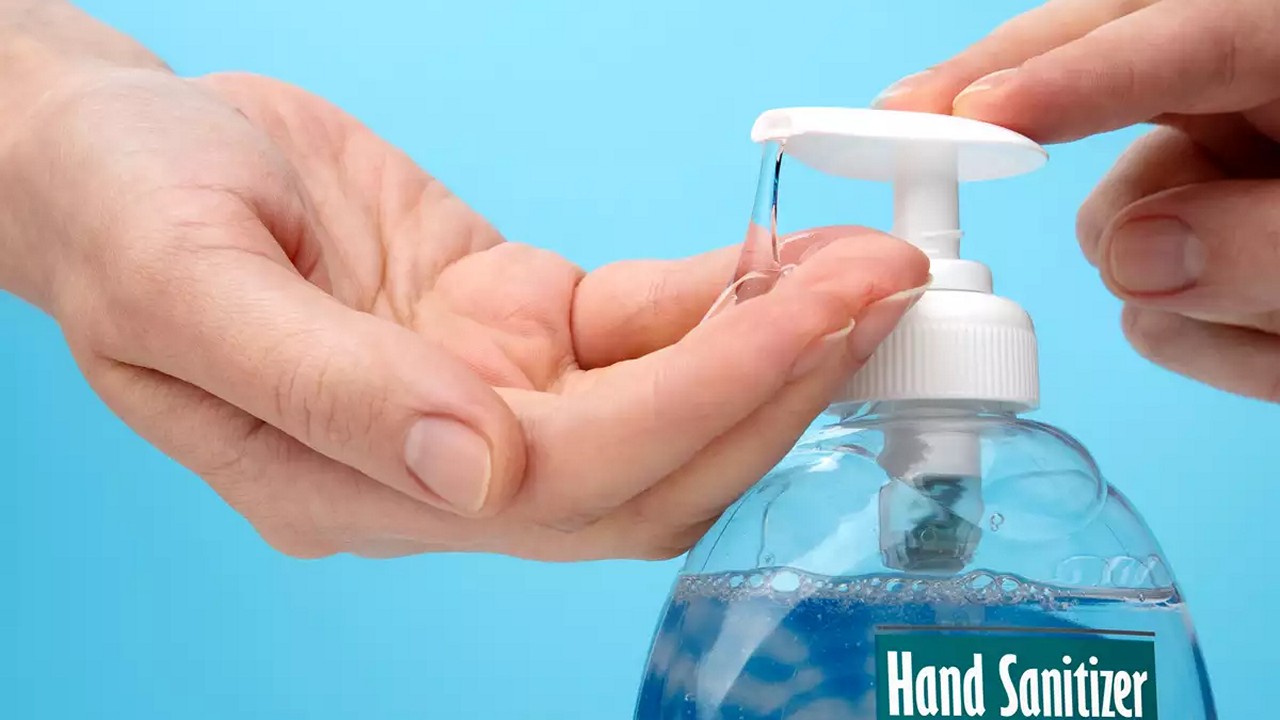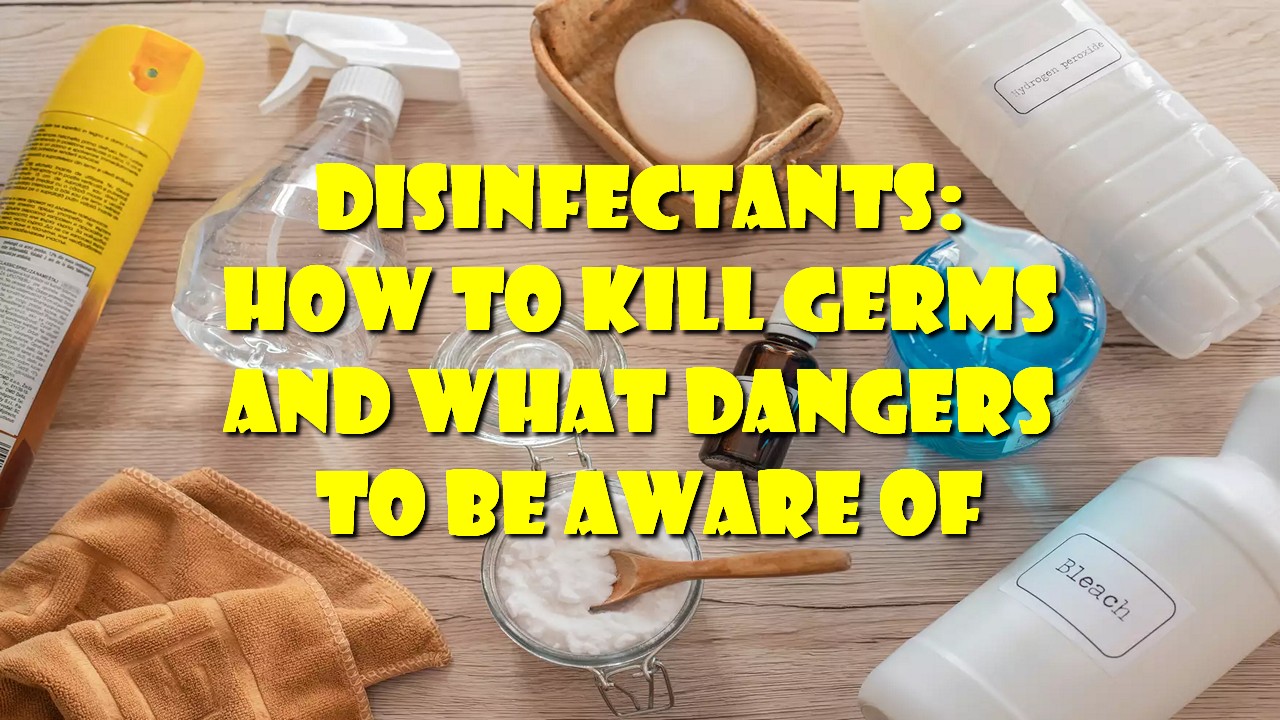There has never been a time in the past decade where individuals, households, and companies have been aware of routine cleaning, disinfection, and sanitization of surfaces. The Center for Disease Control and Prevention has put forth several measures that will help in the spread of the dangerous Covid-19 pandemic. One of them is the use of UV sterilization and disinfection cabinet.
Covid-19 pathogens, like other viruses and bacteria, can stay active on different surfaces for a period of hours to days. As a result, proper cleaning and effective methods must be clearly understood. In this article, we will advise on which disinfectants to use and which dangers they pose.
Bleach

This is one of the cheapest disinfectants on this list. It is also highly effective against most bacteria and dangerous viruses such as E. coli, salmonella, common cold, and the flu. For effective use, it is recommended that you follow the manufacturer’s instructions with regards to its application and ventilation.
Bleach is quite strong and has an irritative effect on the eyes, skin, and throat. You are advised to properly dilute bleach and if possible, use gloves. Due to its dangerous vapors, always use bleach in a well-ventilated room.
Soap and Water
The combination of soap and water works to clean a surface and not kill the germs on it. The combination is recommended due to its softer effect on the skin compared to other disinfectants on this list.
In a bid to be better than the competition, you will find soap being advertised as antibacterial soap and more effective. There is little research to support this. Actually, it has been opined that antibacterial soap may have a harmful element called triclosan.
Alcohol-based sanitizers

From time immemorial, alcohol has been used as a sanitizer. You have probably seen this in movies and series and we can confirm that this has an element of truth. Alcohol has been found effective against a variety of bacteria and viruses especially ‘enveloped viruses’. The CDC recommends that you used sanitizers/alcohol solutions with a concentration of at least 60% to 70%.
The danger with sanitizers is mainly with regards to small children. Due to their curiosity, children may ingest such a high concentration of alcohol leading to alcohol poisoning.
Vinegar
Second, only to bleach, vinegar is another common home product. It is safer to use, both on you and the environment thanks to its biodegradable attribute. However, it is not as potent as bleach. It’s not as effective on dangerous viruses and bacteria.
Hydrogen Peroxide

We know you remember this product from your high school days. Hydrogen peroxide is a useful product when it comes to wiping down household surfaces. It has antimicrobial properties.
The danger with hydrogen peroxide is in its concentration. It should only be used when it is properly diluted.
Conclusion
We will leave you with the words of NIOSH Director John Howard, “Disinfection of surfaces is what you should aim for killing everything”.

